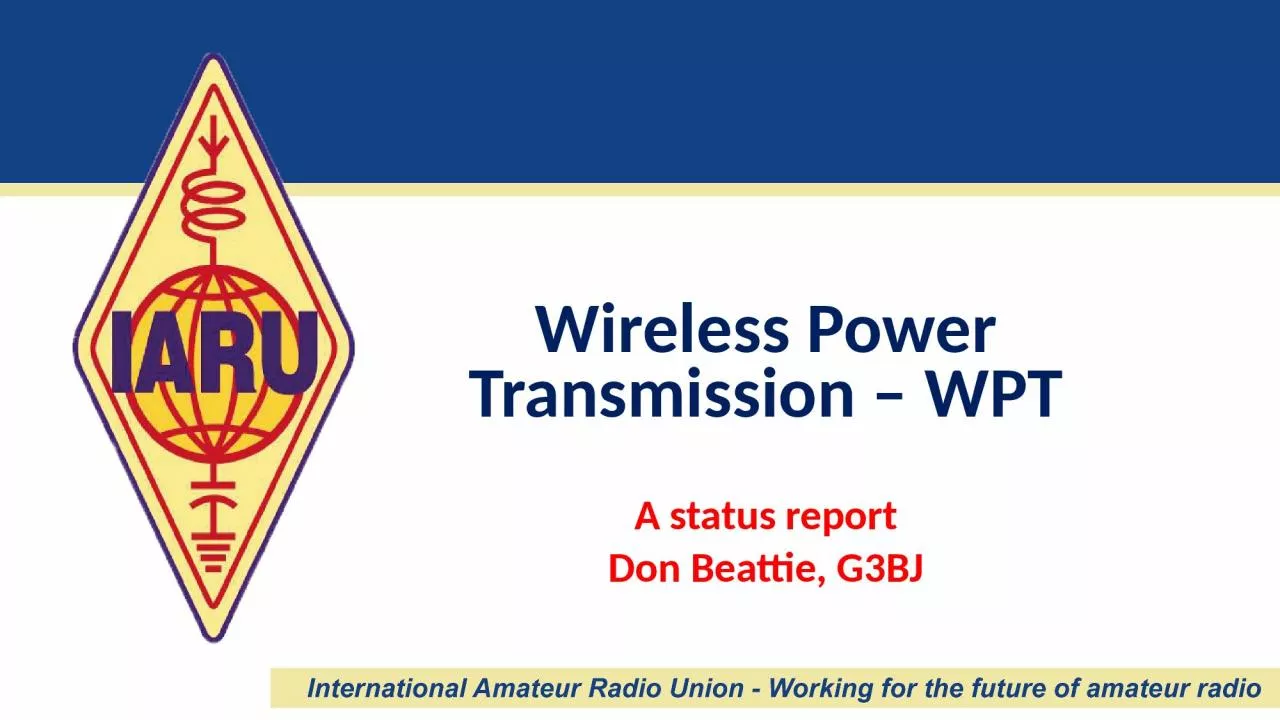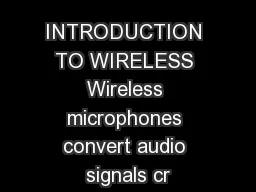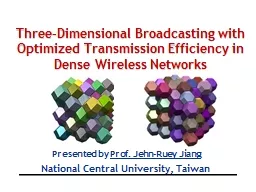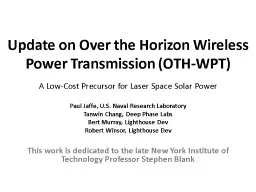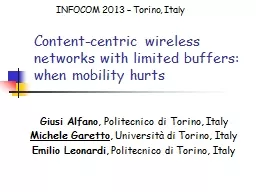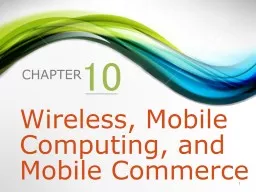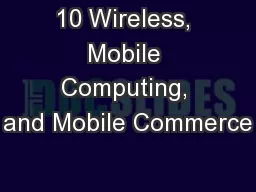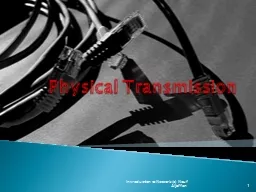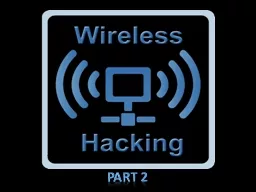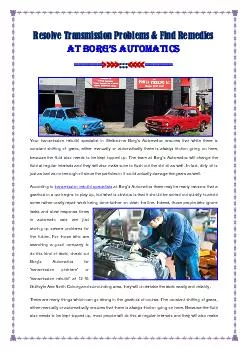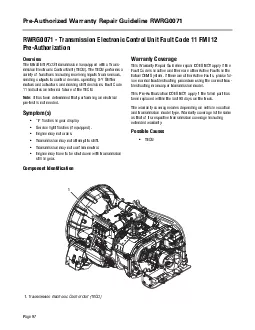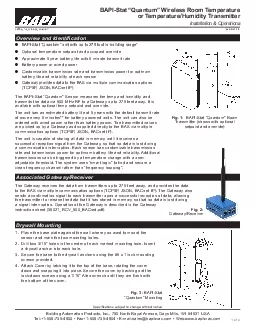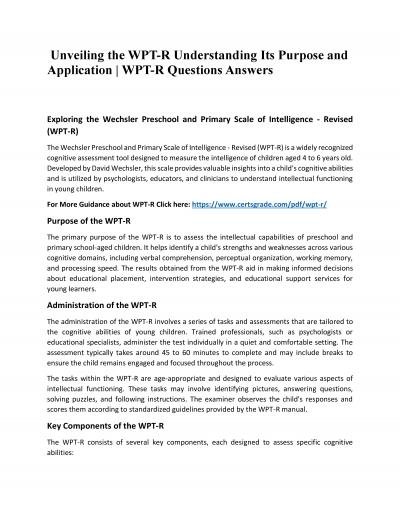PPT-Wireless Power Transmission – WPT
Author : osullivan | Published Date : 2024-01-29
A status report Don Beattie G3BJ Topics What is happening What is WPT What are the plans for WPT What are the technical characteristics of WPT What problems could
Presentation Embed Code
Download Presentation
Download Presentation The PPT/PDF document "Wireless Power Transmission – WPT" is the property of its rightful owner. Permission is granted to download and print the materials on this website for personal, non-commercial use only, and to display it on your personal computer provided you do not modify the materials and that you retain all copyright notices contained in the materials. By downloading content from our website, you accept the terms of this agreement.
Wireless Power Transmission – WPT: Transcript
Download Rules Of Document
"Wireless Power Transmission – WPT"The content belongs to its owner. You may download and print it for personal use, without modification, and keep all copyright notices. By downloading, you agree to these terms.
Related Documents

